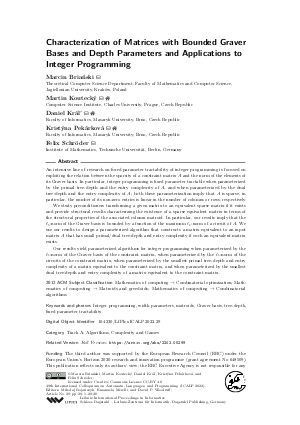LIPIcs.ICALP.2022.29.pdf
- Filesize: 0.65 MB
- 20 pages

 Creative Commons Attribution 4.0 International license
Creative Commons Attribution 4.0 International license
















































Feedback for Dagstuhl Publishing